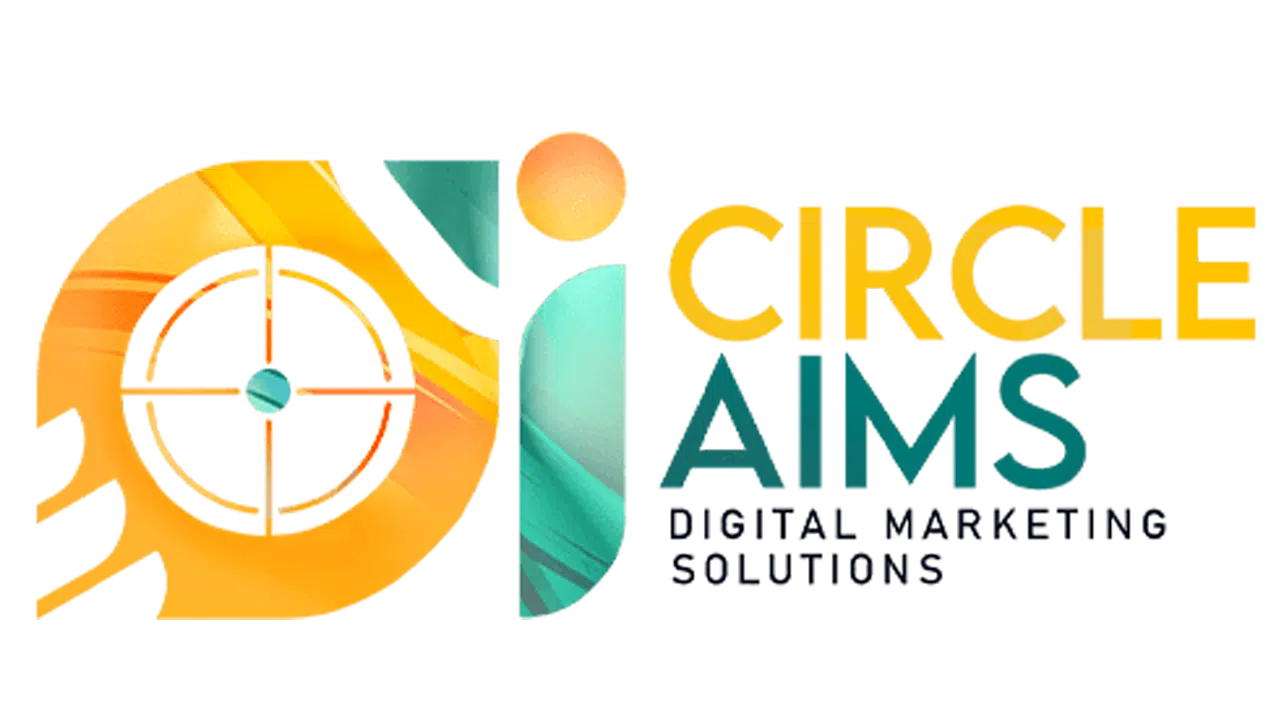How to Design a Successful Product
Understanding Market Needs
In the world of design and development, understanding market needs is a fundamental step toward the success of any product. This requires comprehensive research that includes studying customer behaviors and preferences.
This research begins with data collection through various means such as surveys and interviews with customers. These activities help gather valuable information that can assist in identifying what customers are looking for and what they find unsatisfactory in current products.
Surveys are an effective method to collect broad information, as they can be designed with both open and closed-ended questions to deeply explore consumer opinions.
In addition, conducting customer interviews enhances empathy and understanding of personal experiences, providing clear insight into the challenges users face.
Analyzing available market data can also reveal gaps and opportunities that can be leveraged in designing an innovative and appealing product. Statistical data and previous studies can be used to analyze competitor behavior and understand prevailing industry trends.
This analysis is essential to build a general picture of market blind spots, which enhances the ability to deliver effective solutions that meet customer needs.
Moreover, empathizing with customers is a core element. By giving customers a voice in the product design process, teams can craft a personalized user experience that meets their desires and expectations.
Overall, understanding market needs through research and direct customer interaction significantly contributes to developing a successful and market-fit product. This understanding should be at the heart of every design strategy to ensure customer satisfaction and achieve business goals.

Developing the Product Concept
Developing a successful product concept requires a deep understanding of market needs and consumer requirements. Initially, the involved teams must thoroughly analyze the market to gather insights into current trends and the problems customers face.
This data helps identify areas that can be leveraged to create a new product idea that meets market demands.
Design Thinking is a powerful tool at this stage, as it encourages exploring ideas from multiple perspectives and enhances team creativity. This methodology is characterized by its user-centered focus, ensuring that proposed solutions meet user expectations.
After identifying the product idea, the process moves on to developing prototypes—preliminary models intended to visualize the product concept. This stage is critical as it allows teams to experiment with the idea practically,
enabling them to assess the feasibility and effectiveness of the concept. Prototypes may include physical setups or digital simulations. The goal of this process is to gather valuable feedback that helps refine the concept before moving into production.
Customer feedback is essential in product development, as it helps determine what the market truly needs. By conducting surveys or interviews, teams can collect direct input that influences the product design,
thereby enhancing innovation. Incorporating user feedback allows for improving the final product’s quality and increasing its success rate upon launch. Developing a successful product concept requires a delicate balance between creativity, analysis, and responsiveness to user needs, facilitating the creation of a product that perfectly reflects market requirements.
Product Testing and Evaluation
Product testing and evaluation represent a critical step in the process of designing successful products. Before launching the product to market, it must be verified for effectiveness and appeal using various testing methodologies.
These methodologies include clinical trials, market tests, and usability testing—all aimed at evaluating the product’s performance and identifying its strengths and weaknesses.
Clinical trials are conducted in controlled environments to analyze the potential effects of the product on the target group.
These tests collect accurate data on how users interact with the product, revealing its effectiveness and ability to meet market needs. On the other hand, market tests assess public acceptance by introducing the product to a preselected audience.
This process involves analyzing feedback and comments that can guide future modifications.
Usability tests, meanwhile, aim to observe how consumers use the product in real-world contexts. This provides valuable insights into the user’s actual experience, helping identify necessary areas for improvement.
Collecting user feedback is a crucial part of these processes, enabling direct communication with the target audience and understanding their challenges. By analyzing this feedback, designers can adjust the design to ensure the product effectively meets customer expectations.
Identifying critical points and necessary adjustments based on feedback is essential to ensure market success. The key is to fully respond to customer needs, which facilitates the development of an innovative and impactful product that achieves company goals and satisfies users.

Marketing and Launch Strategies
Marketing and launch strategies are the cornerstone of any successful new product. It requires in-depth study of the specific market and consumer behavior to prepare for a successful launch.
It begins with identifying the target audience—those most likely to be interested in the product and who provide the highest added value. This may include analyzing demographic and behavioral data to pinpoint the segments most likely to engage with the product.
After identifying the audience, the appropriate channels for promoting the product must be selected. These channels may include digital advertising, social media, partner companies, and email marketing,
as well as traditional channels such as TV or radio advertising. Marketing messages must be well-targeted and reflect the unique value of the product in a way that grabs attention and prompts action.
Pricing strategies also play a crucial role in the product launch. It’s important to determine a price that aligns with the budget of the target consumers while still conveying value.
Various pricing strategies can be tested, such as introductory discounts or limited-time special pricing to attract customers and boost sales during the initial launch phase.
When managing the launch process, success must be measured through initial results and market performance. These results include sales volume, customer engagement, and feedback on the product.
User feedback is essential for improving the product and refining future marketing strategies. Continuous improvement post-launch is the key to maintaining product success in the market and adapting to changing demand.



No comment